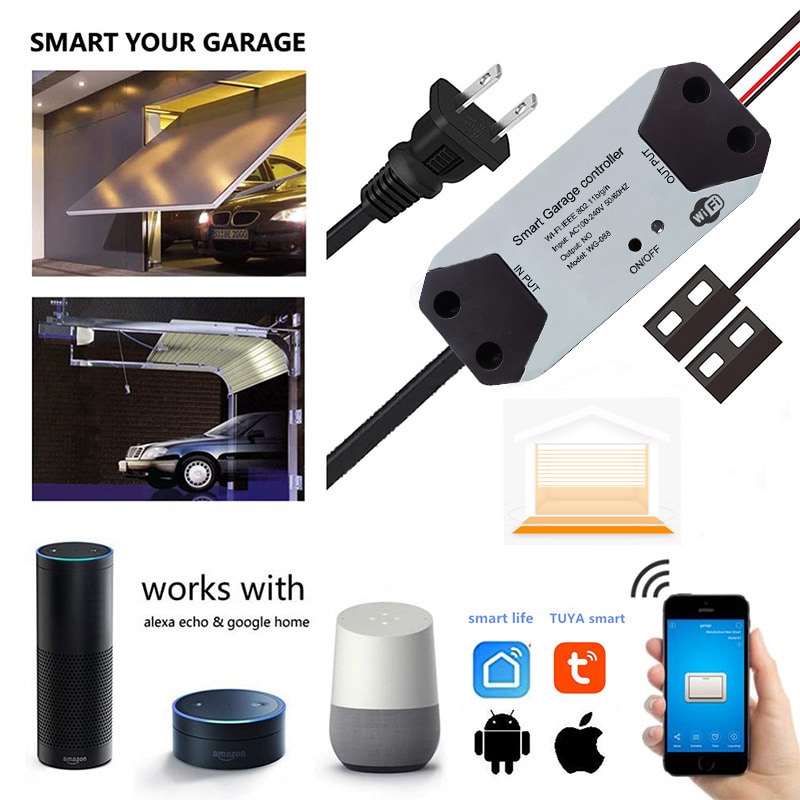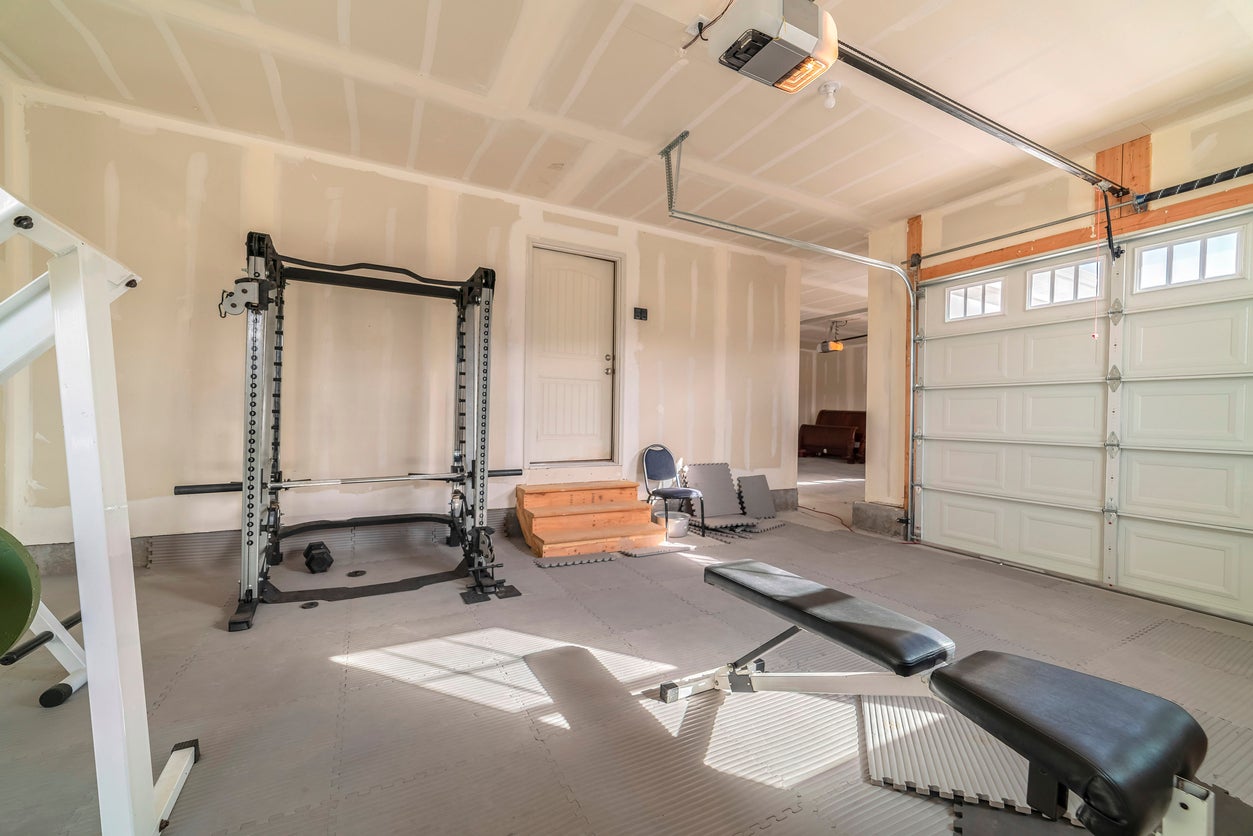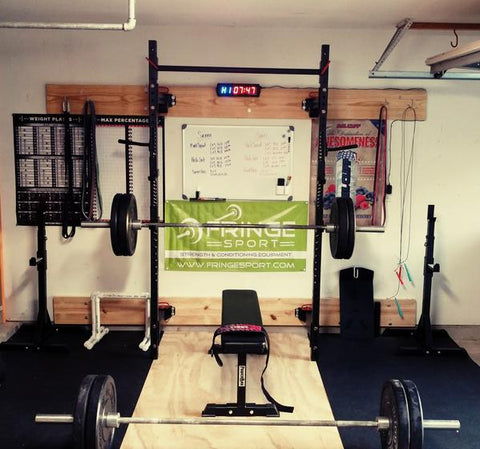
There are many sizes of garage doors. Some can be as small and narrow as a few inches. Others can be several feet tall. These doors can be used in residential, commercial, and industrial settings. You can use them for residential, commercial, and industrial purposes.
Standard Garage Door Dimensions
For most homes, the standard garage door size is 9 feet by 7 feet for a single garage door and 16 feet by seven feet for a double garage door. This garage door size will accommodate most vehicles and is ideal for many people.
Consider what kind of vehicle you intend to park in your garage door before you decide on the garage size. A taller garage door is more convenient if you are planning on having a large SUV. Alternatively, if you have two cars and need to park them side by side, the double garage door may be more practical.

If you plan to have an RV, it's likely that you'll need a larger garage door, perhaps a 20 foot garage door. Consider the dimensions of your garage as well as how much room you have to accommodate an RV. Also consider whether or not you will need to store other items in the garage, such as lawnmowers, bicycles, etc.
Garage Door 10ft
A 10-foot garage door might be a better choice if your garage is smaller and you only have a few cars. These are slightly smaller than a 12 foot garage door so it's easier for cars to fit in the garage.
Garage Door 8ft
You may need an 8-foot door to store a few cars in your garage. You can choose from a range of styles and colors including wood grain finishes.
Garage Door 12 ft
A 12-foot garage doors might be the best option for you if your garage is larger than usual. You can find these doors at your local hardware store in a variety of colors and finishes.

Garage Door 18 feet
A standard 18-foot garage door will suit most people's needs and is the most sought after of all sizes. Because it has enough space for most cars, and can be opened to full height if necessary to park a bike or small trailer, this garage door is very popular.
When deciding which garage door is right for your home, it's a good idea to discuss your requirements with a designer or architect. A designer or architect can help you decide if the size of the garage door will be sufficient. They may also recommend other door styles that would work best in your space. They can help you decide on the right material for your garage.
FAQ
How can I tell if my home needs to be renovated or remodelled?
First, look at how recent your home has been renovated. A renovation might be in order if the home has not been updated for some time. On the other hand, if your home looks brand-new, then you may want to think about a remodel.
Second, make sure to inspect the state of your home. You should inspect your home for holes, peeling wallpaper, and broken tiles. It's possible to remodel your home if it looks good.
Also, consider the general condition of your property. Is your house structurally sound? Are the rooms well-lit? Are the floors in good condition? These are essential questions to consider when choosing the type of remodeling you want.
Remodeling a kitchen or bathroom is more expensive.
Remodeling a bathroom or kitchen is an expensive proposition. It may make more sense to spend money on home improvements, considering how much you pay in energy bills each month.
An inexpensive upgrade can save you thousands of dollars every year. Simple changes such as insulation in ceilings and walls can help reduce cooling and heating costs by up to 30%. Even a small addition can increase comfort and resale values.
When planning for renovations, it is important to select durable and easy-to-maintain products. Materials like porcelain tile, solid wood flooring, and stainless-steel appliances will last longer and need fewer repairs than vinyl countertops.
Altering old fixtures can also help reduce utility bills. Low-flow faucets and showerheads can reduce water consumption by as much as 50%. By replacing inefficient lighting with compact fluorescent lamps, you can reduce electricity consumption up to 75%.
What is the difference between renovation and remodel?
Remodeling is making major changes to a particular room or area of a given room. A renovation involves minor changes to a specific room or part of it. For example, a bathroom remodeling project is considered a major one, while an upgrade to a sink faucet would be considered a minor job.
Remodeling involves replacing a complete room or a part of a entire room. A renovation involves only changing a portion of a room. A kitchen remodel could include replacing countertops, sinks and appliances as well as changing lighting and paint colors. However, a kitchen renovation could include changing the color of the wall or installing a light fixture.
How much is it to renovate and gut a whole kitchen?
It's possible to wonder how much a home remodel would cost if you are thinking of starting one.
Kitchen remodels typically cost between $10,000 to $15,000. However, there are ways to save money while improving your space's overall look and feel.
One way to reduce costs is to plan ahead of time. This includes choosing the right design style and color palette to suit your budget and lifestyle.
You can also cut costs by hiring an experienced contractor. A professional tradesman knows exactly how to handle each step of the construction process, which means he or she won't waste time trying to figure out how to complete a task.
It's a good idea to evaluate whether your existing appliances should be replaced or preserved. Replacing appliances can add thousands of dollars to the total cost of a kitchen remodeling project.
Additionally, you may decide to purchase used appliances rather than new ones. You can save money by buying used appliances.
It is possible to save money when you shop around for materials, fixtures, and other items. Many stores offer discounts during special events such as Black Friday and Cyber Monday.
How much would it take to gut a house and how much to build a brand new one?
The process of gutting a house involves removing all contents inside the building. This includes walls, floors and ceilings, plumbing, electrical wiring and appliances. Gutting is done when you want to make some modifications before moving in. Gutting a home is typically very expensive because so many things are involved in doing this work. Depending on the job, the average cost of gutting a home is between $10,000 and $20,000
A builder builds a home by building a house frame-by-frame, then adds doors, windows, doors and cabinets to the walls. This is usually done after buying a lot of lands. Building a home is normally much less expensive than gutting, costing around $15,000-$30,000.
It all comes down to what you want to do in the space. If you are looking to renovate a home, it will likely cost you more as you will be starting from scratch. You don't need to take everything apart or redo everything if you are building a home. You can build it the way you want it instead of waiting for someone else to come in and tear everything up.
What should I do about my cabinets?
It all depends on whether you are considering renting out your home or selling it. If you intend to sell your home, you will likely need to remove and refinish cabinets. This gives buyers a feeling of newness and allows them to visualize their kitchens when they move in.
However, if you want to rent your house, you should leave the cabinets alone. Many renters complain about the dishes that are dirty and the greasy fingerprints left by tenants.
To make the cabinets look better, you can paint them. Just remember to use a high-quality primer and paint. Low-quality paints can become brittle over time.
Statistics
- According to a survey of renovations in the top 50 U.S. metro cities by Houzz, people spend $15,000 on average per renovation project. (rocketmortgage.com)
- 55%Universal average cost: $38,813Additional home value: $22,475Return on investment: 58%Mid-range average cost: $24,424Additional home value: $14,671Return on investment: (rocketmortgage.com)
- bathroom5%Siding3 – 5%Windows3 – 4%Patio or backyard2 – (rocketmortgage.com)
- Windows 3 – 4% Patio or backyard 2 – 5% (rocketmortgage.com)
- Following the effects of COVID-19, homeowners spent 48% less on their renovation costs than before the pandemic 1 2 (rocketmortgage.com)
External Links
How To
How can you plan a bathroom without breaking the bank?
It is important to be able to afford any remodeling project. If you can't afford it now, how will you be able to pay later?
You need to be able to budget and plan for bathroom remodeling. It is not cheap to remodel a bathroom.
One of the biggest expenses is labor. Labor costs can vary depending on whether the job is large or small and whether you use a professional contractor. A professional contractor will charge more an hour than a DIYer due to their experience and expertise.
Materials are another large expense. Prices for materials can range from $100 to $1000 depending on what type you use.
Finally, there is the cost of energy. This includes both electricity and gasoline bills. Energy costs tend to rise during periods of peak demand.
You also have to consider the time required to complete the project. Bathroom renovations can take a lot time and patience. Some projects can take weeks, while others can take many months.
Other than these three main categories, smaller items such paint, wallpaper, and flooring can add to the project’s overall cost.
Here are some tips for bathroom remodeling projects:
-
Budget Planning - Before you begin any remodel project, it's important to figure out your financial capabilities. It doesn't matter if you think you can afford it or not. The key is to set a realistic budget, so you know exactly where you stand financially.
-
Plan ahead - When possible, schedule your bathroom remodel during the off-season. You will be able to save money on cooling and heating costs by scheduling your bathroom remodel during the winter months, which typically has lower energy consumption rates. Consider scheduling your remodel for nighttime when there are fewer people using the bathroom.
-
Shop Around - Once you have determined your budget, you need to look around for potential vendors. Many different options are available to you, including local businesses, online retailers, and even friends and family members who may be willing to work with you on the project.
-
Contact Each Vendor Individually to Get an Estimate To get the best pricing possible, you will want to get multiple estimates.
-
Get multiple estimates - You should get several estimates after you have received your initial estimates. Compare them against each other to see which vendor is offering the lowest price. Once you have located the vendor, ask them to send you a written estimation.
-
You should include all costs in your estimate. Include details about fees, taxes and permits that may be required in your area.
-
Pay attention to the little details when planning your bathroom remodel. For example, do you need a new toilet? Is there space for a curtain rod to hang from the shower? These changes can easily add to the project's total cost.
-
Insurance is a must - You should check with your insurer to confirm that you have enough coverage. You could end up paying more if you don't.
-
Hire a professional - After your bathroom remodel is completed, hire a professional installer to finish the job. While you might be able to handle the job yourself, it is much easier to let someone else do it properly.